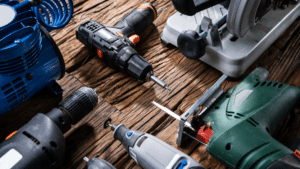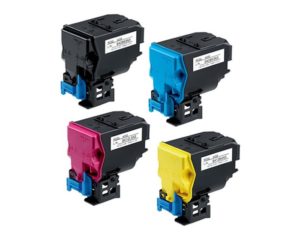Quality medical care and diagnosis depend on having access to the right equipment.
So, to provide complete care, hospitals need to have a standard set of medical equipment besides regular personal protective equipment. This enables them to enhance the productivity of their staff but also ensure the safety of their patients.
We’ll cover key pieces of equipment every hospital needs for day-to-day operations.
In this article...
Hospital Stretchers
Stretchers are vital pieces of equipment that the patients use as they receive care, especially during emergencies.
Their main function is to transport patients through the healthcare facility. So, a typical stretcher has a patient platform mounted on a wheeled frame.
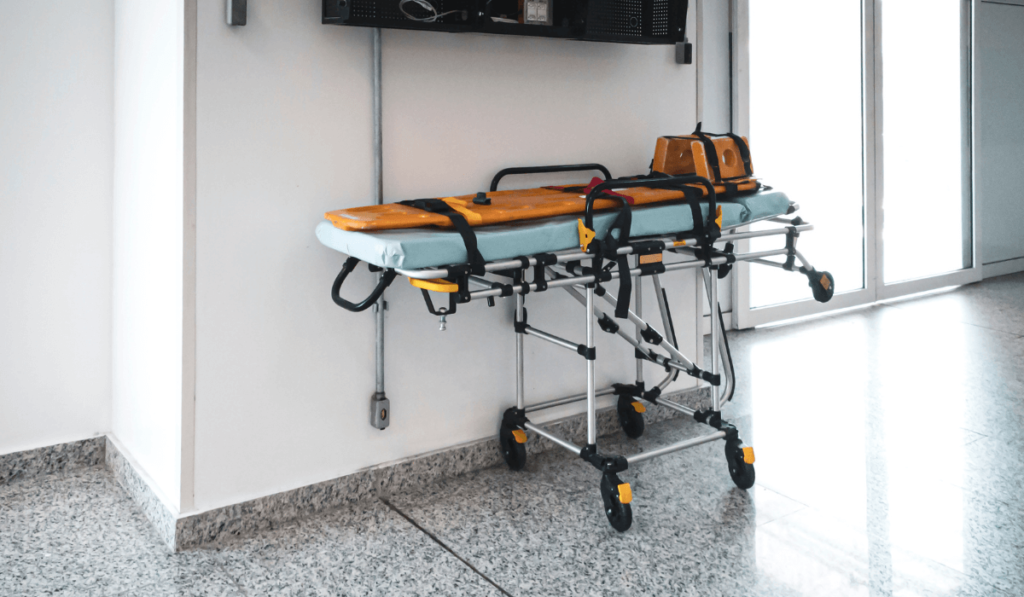
Most stretchers can be equipped with features like intravenous poles, patient monitors, or oxygen tanks.
But it’s important to note that choosing a stretcher will depend on its use.
Stretchers are typically used in:
- Emergency
- Neonatal care
- Trauma
- Mortuary
- Ophthalmology
Emergency stretchers are generally lighter so they can be safely moved in and out of an ambulance. On the other hand, there are trauma stretchers that are bigger and contain a hydraulic system.
As they ensure a fast transport of patients to the right care unit, stretchers are a simple piece of equipment whose importance cannot be overstated.
Defibrillators
Defibrillators are life-saving devices that restore a patient’s heart rhythm.
They are a part of the necessary electronic equipment hospitals have for treating life-threatening conditions such as arrhythmia, i.e., when the heartbeat is either too fast or too slow.
The device sends an electric shock to the heart to restore its regular rhythm.
Depending on their placement, there are three distinct types of defibrillators. The first is the automated external defibrillator (AED) which is used for sudden cardiac arrest. AEDs were designed in such a way that even an untrained person can use them for emergencies.
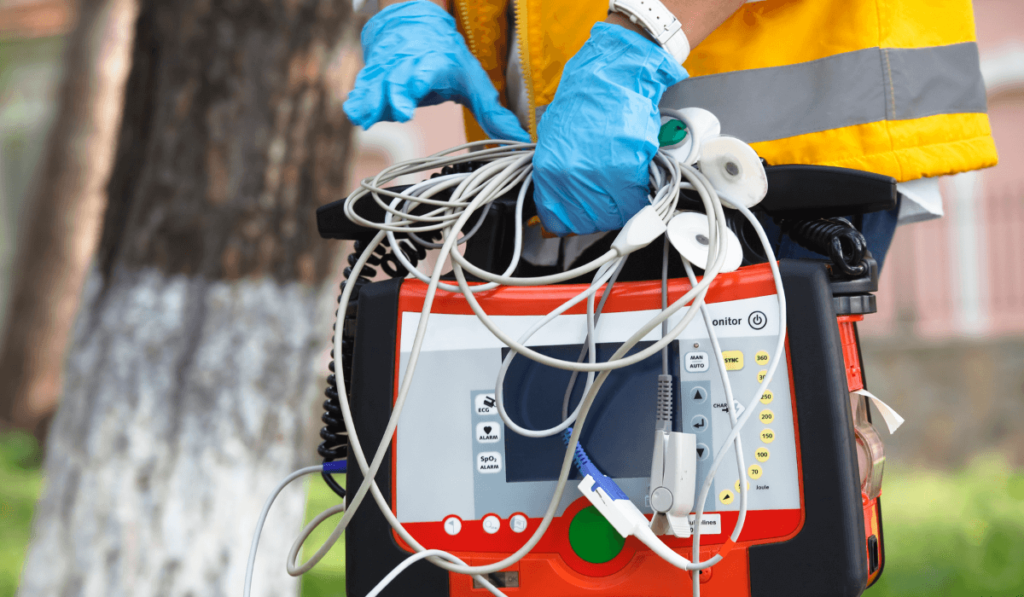
The second type is the implantable cardioverter-defibrillator (ICD) which is surgically implanted inside the body of a patient at high risk of dying from arrhythmia.
It’s similar to a pacemaker, but while a pacemaker can send only low-energy pulses, a defibrillator’s pulses can vary between high-energy and low-energy ones, according to need.
The third type is the wearable cardioverter defibrillator (WCD) that works similarly to ICD, but it’s attached to the patient’s skin.
The device has sensors connected by wires, and it’s worn under the clothes.
The great thing about defibrillators is that they can be used by anyone, from children to adults. So, to monitor every patient’s heart rhythm, hospitals should have enough defibrillators on hand.
Anesthesia Machines
Anesthesia machines are devices used by medical professionals to provide an accurate and continuous supply of anesthetic gases to administer anesthesia.
These gases include oxygen, nitrous oxide, and isoflurane.
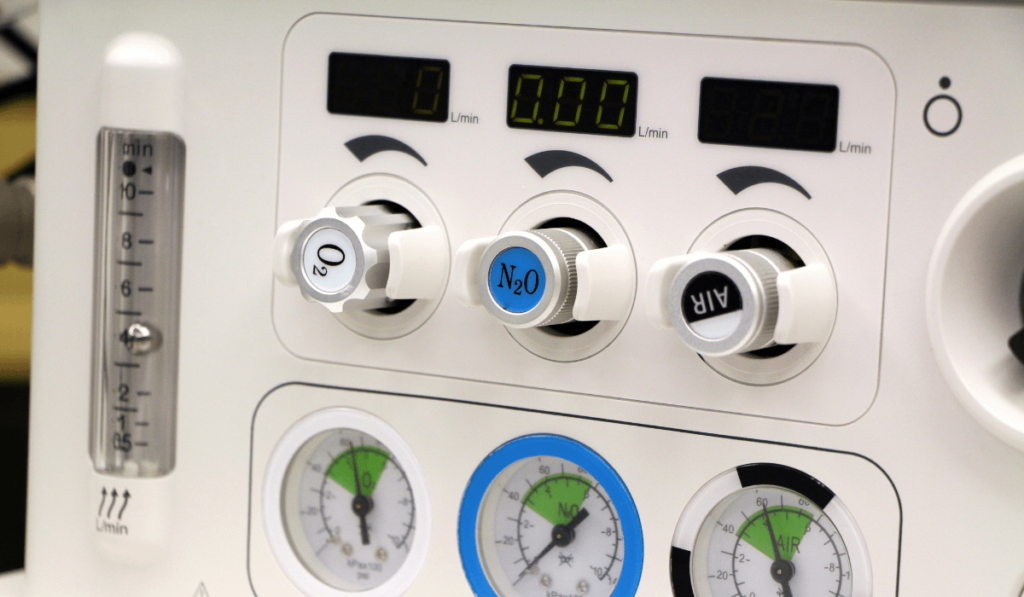
The gases should be delivered to a patient in a unified flow and at a safe pressure. This is why modern anesthesia machines have a ventilator, patient monitoring devices, and a suction unit.
They also include monitors and touch-screen displays that track the patient’s heart rate and oxygen saturation level.
The anesthesia machine is also known as Boyle’s machine, after the inventor Henry Boyle.
In the end, the main purpose of an anesthesia machine is to control a patient’s level of consciousness in an operational procedure.
To do that, it’s necessary to invest in top-of-the-line devices that will ensure the patient’s safety.
Patient Monitors
Patient monitors are a standard piece of equipment that tracks the patient’s health during and after surgery.
There are specific parameters doctors always need to keep track of when observing a disease.
So, patient monitors help them by measuring the patient’s temperature, heart rate, blood oxygen levels, blood pressure, and more.
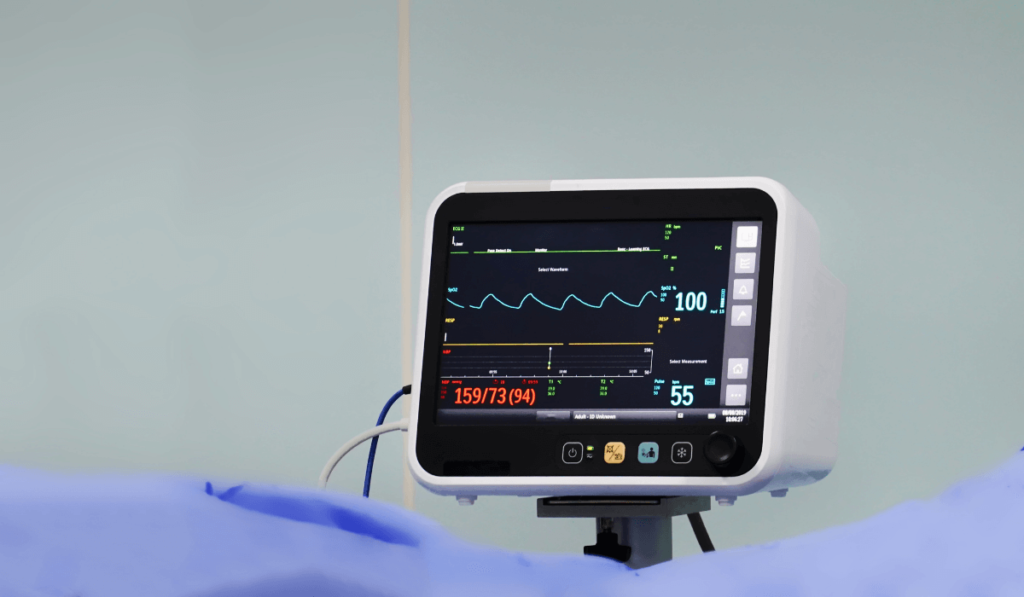
Now, a typical patient monitor has monitoring sensors, processing components, and a screen display.
But there is also a portable version of patient monitors.
They are designed for use in remote areas to aid paramedics in the field. They’re compact and power-efficient enough to monitor and transmit data to health staff in other locations.
To sum up, patient monitors are indispensable devices that give health providers the necessary insight into a patient’s vital signs.
Ventilators
Ventilators are a type of durable medical equipment designed to help patients with respiratory problems.
They’re mainly used in hospitals, but they can also be found in home care. Ventilators are categorized as life-critical systems, so they have to be highly reliable.
How do they work?
To put it simply, ventilators allow breathable air to circulate in a patient’s lungs. They get oxygen in and take out carbon dioxide, which goes through a breathing tube that connects the machine to the patient.
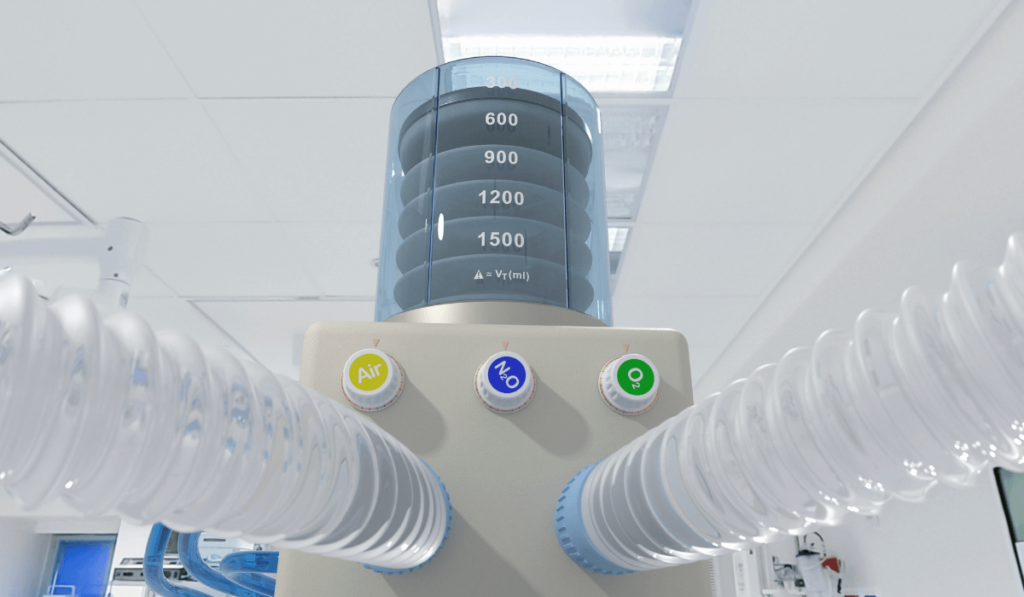
The tube is inserted through the mouth or nose and into the lungs. Then the doctor controls how often and how much air gets into the lungs.
In extreme cases, a breathing tube can be put directly into the patient’s windpipe through a small hole in the neck.
In a nutshell, ventilators play an important part in saving the lives of patients with any breathing problems.
Sterilizers
Did you know that almost 98 000 patients die annually due to healthcare-associated infections?
These deaths occur because medical items don’t get not properly cleaned or medical staff neglect to wash their hands. In the wake of an ongoing pandemic, these practices are especially concerning.
So, the most efficient solution to the problem is to use effective sterilizers. They kill all microbes, including bacteria and viruses, which can be found on most medical items.

Even though there are different types of sterilization, the industry standard in medicine is using high-pressure saturated steam.
Hospital sterilizers are also called autoclaves.
They can come in various sizes, which depends on the room’s layout where the machine will be installed. To further accommodate different medical facilities, sterilizers can be customized to fit in a tighter space.
These days, it’s evident that simple cleaning procedures can have long-lasting benefits. So, sterilizers are needed to prevent the spread of diseases and are essential in saving lives.
X-Ray Machines
In medicine, X-ray machines are special equipment that uses images created with the help of electromagnetic radiation (X-rays) to diagnose a patient.
This procedure is also commonly known as radiography, and the machines are operated by trained professionals called radiographers.
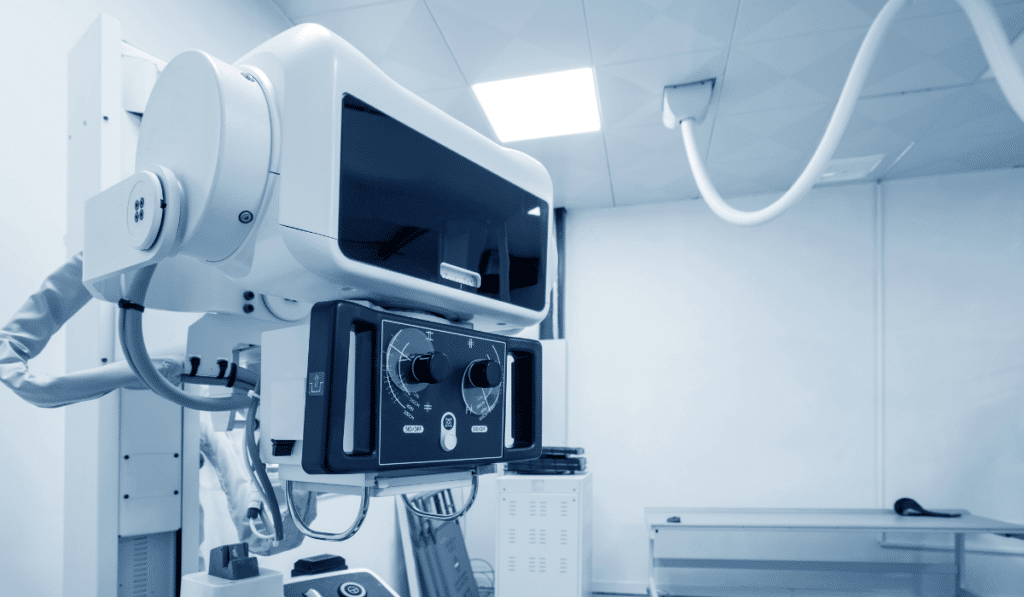
How does the process work?
X-rays pass through the human body. Then a photo-stimulated luminescence captures the images, and they are stored on film or computer system.
These images appear as ‘’shadows’’ that represent tissue and organs inside the body.
Today, computer radiography has replaced film radiography. The reason is that it enables digital imaging, which is faster and more efficient than the traditional method of storing X-ray images on film.
To sum up, X-ray machines are a common way to monitor and detect many conditions, which is important to provide the correct treatment.
EKG/ECG Machines
Electrocardiogram and electrocardiograph (ECG or EKG) are basically the same things. The EKG machine monitors a patient’s heart rhythm.
Unlike defibrillators, EKG machines are only used to monitor the heart’s electrical activity over a certain time.
They are attached to the patient’s skin with electrodes, and they record electrical signals to detect heart problems.
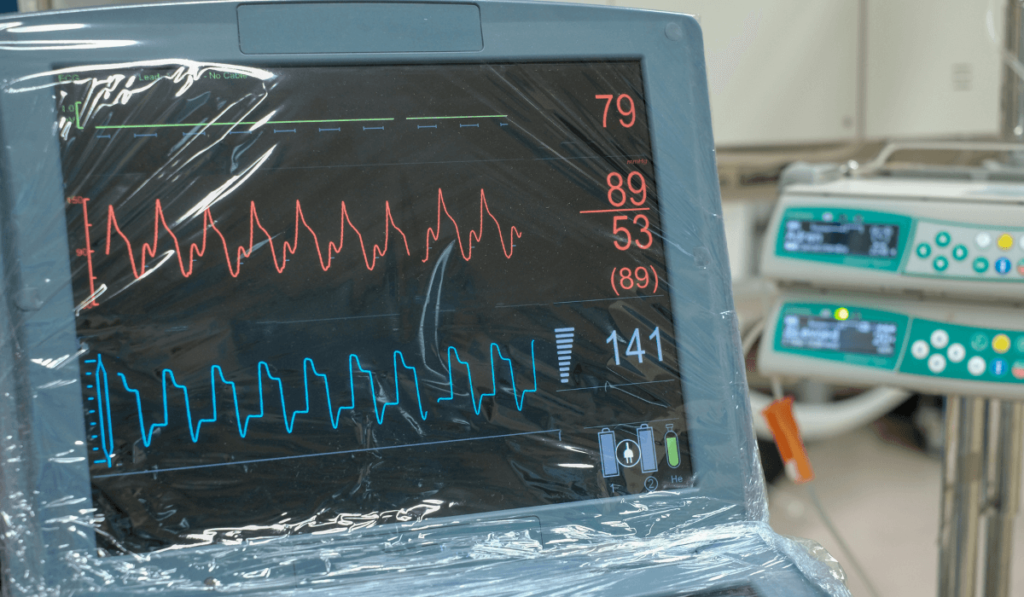
Furthermore, a doctor can prescribe a patient two other kinds of EKG machines to use: a Holter monitor or an event monitor.
Both are portable machines that the patient wears under their clothes. The only difference is in how long they wear it.
A Holter monitor is attached to the patient’s heart for 1 to 2 days to check heart palpitations or if there’s enough blood flow to the heart.
On the other hand, an event monitor has to be worn for weeks or months, depending on the (in)frequency of the patient’s symptoms.
EKG (electrocardiogram) is a quick and painless way for doctors to identify heart abnormalities. Because of that, they are standard equipment that can be found in clinics, hospital rooms, operating rooms, and ambulances.
Ultrasounds
Ultrasound is another type of medical imaging technique used for accurate diagnosis.
This technology is a medical test that uses high-frequency waves to capture live images of a patient’s internal organs. Then they’re transmitted to a computer screen.
But here’s an interesting thing: the general public mainly associates ultrasounds with pregnancies. Why is that?
The reason is that ultrasound doesn’t use radiation, unlike other medical imaging techniques. So, it’s perfectly safe for doctors to monitor pregnant women and developing fetuses with it.
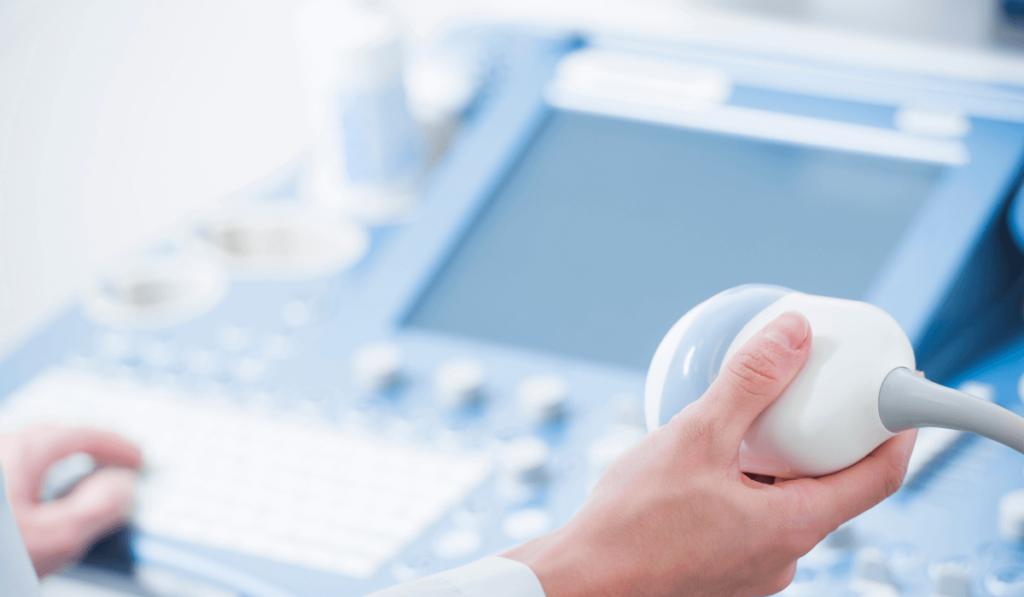
But ultrasound allows doctors to see internal organs without needing to cut open the patient, so it is used to diagnose other conditions too.
Another thing most people aren’t familiar with is that there are three types of ultrasound:
- Internal
- External
- Endoscopic
With external ultrasound, the probe is moved over the patient’s skin, covered in lubricating gel.
On the other hand, during the internal ultrasound, the probe is inserted into the body, which might cause slight discomfort.
Finally, for endoscopic ultrasound, a probe is attached to an endoscope (long, flexible tube) and is usually inserted through the mouth.
For this procedure, patients can take medication to reduce any pain.
Ultrasounds are a way to gather important information about a patient’s condition. That way, medical professionals can detect problems fast and accurately treat the patient.
Electrosurgical Units
Electrosurgical units (ESU) are irreplaceable in various surgical procedures.
They are mainly used to cut or alter tissue to ensure that surgeons have better visibility during operating procedures. Also, they help minimize blood loss during surgery.
But the best thing about electrosurgical units is that they can be used for many different types of procedures, for instance:
- General
- Plastic
- Orthopedic
- Dermatological
- Gynecological
- Neuro
The first thing to note is that the electrosurgical unit has a generator and a handpiece with several electrodes. The device is controlled with a switch on the handpiece or a footswitch.
Then the ESU produces a high-frequency electrical current for surgical cutting, which heats up the tissue and causes coagulation.
In the end, ESUs are great machines that can be used for different operations with changing conditions, allowing surgeons to operate more efficiently.
Conclusion
Skilled professionals are only as good as the tools they use.
In the face of ongoing health concerns, having enough quality medical equipment can mean the difference between life and death.
Saving people is the result of quality medical care that only the right equipment can give you.
But to take care of these invaluable machines, you need to maintain them regularly and keep track of their use. Quality asset monitoring can only be done with a comprehensive medical equipment tracking system.
GoCodes Asset Tracking can help you keep tabs on your equipment easily and enable you to focus on what matters the most–providing quality medical care to every patient.





